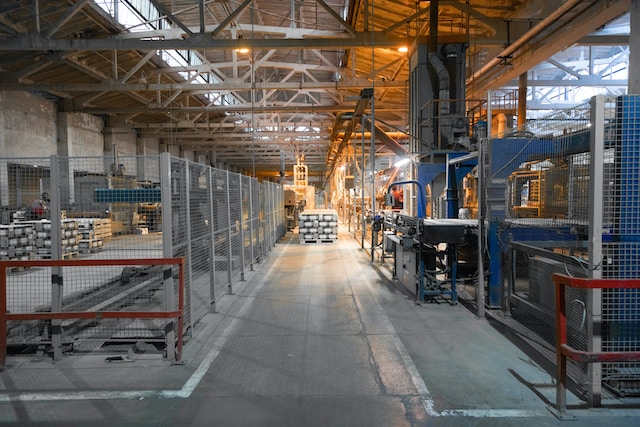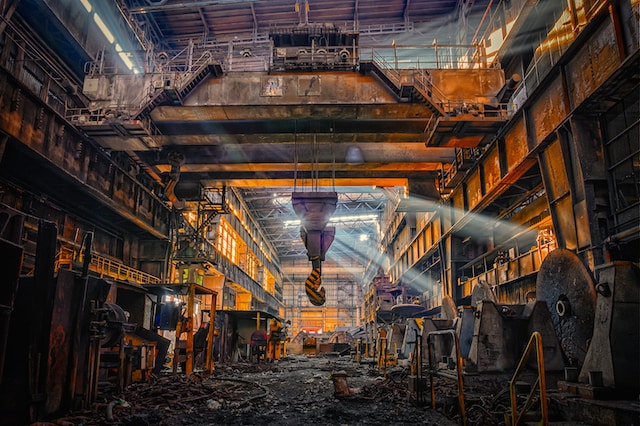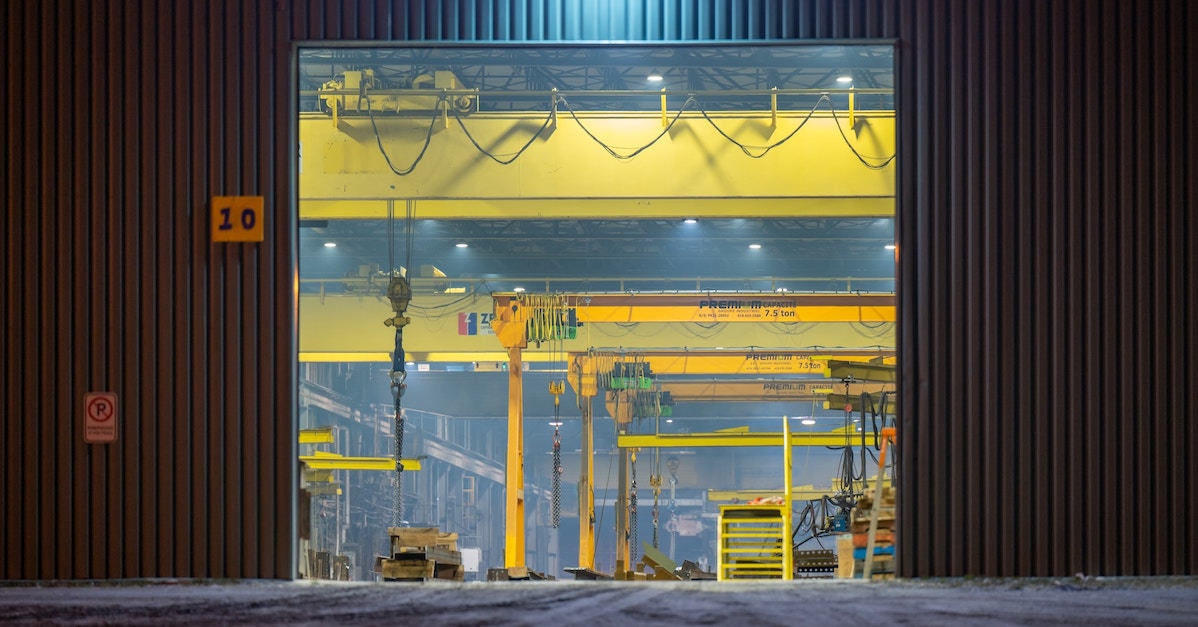Emergency showers are a critical component of workplace safety measures, serving as a vital resource to protect employees from chemical exposure incidents. These specialized safety devices are designed to provide immediate relief in the event of accidents involving hazardous substances. They are a fundamental part of any comprehensive safety program and are found in various industries, including laboratories, manufacturing facilities, and construction sites.
These showers are more than just a regulatory requirement; they are a lifeline that can prevent serious injuries and even save lives. When a chemical exposure incident occurs, every second counts, and having quick access to them can make all the difference. Read more about GIA Premix emergency showers on www.giapremix.fi.

What emergency showers entail
They are comprehensive safety systems that consist of eyewash stations, full-body showers, and combination units. Eyewash stations are designed for flushing the eyes and face, while full-body showers provide complete coverage for individuals exposed to chemicals. Combination units combine both eyewash and shower features into a single unit, ensuring maximum flexibility in responding to chemical accidents.
These systems are engineered with precision to meet ANSI/ISEA Z358.1-2014 standards, which specify flow rates, water temperature, and other essential parameters to guarantee their effectiveness. Eyewash stations, for instance, must provide a continuous flow of tepid water to the eyes for a minimum of 15 minutes.
Why these showers are used
Emergency showers are a critical line of defense against chemical burns and injuries. In the event of chemical exposure, immediate rinsing with water can help mitigate the damage caused by corrosive substances. This rapid response is not only a best practice but also a legal requirement in many countries, including the United States.
Besides preventing harm to employees, emergency showers also help companies comply with workplace safety regulations, such as OSHA’s Hazard Communication Standard (HazCom). Failing to provide adequate emergency shower facilities can result in fines and legal liabilities for businesses.
How they work
The effectiveness of emergency showers hinges on their proper operation and integration with facility safety measures, including HVAC systems. These showers can be activated using various methods, such as foot pedals, push handles, or automatic sensors. The activation method depends on the specific type of emergency shower and the manufacturer’s design.
Once activated, they deliver a continuous flow of water at a specified rate and temperature. The water temperature is very important because extremes, such as water that is too hot or too cold, can exacerbate chemical injuries. Employees must be trained in the correct techniques for using emergency showers, which may include removing contaminated clothing and rinsing thoroughly for the recommended duration.
Industries and settings where emergency showers are utilized
These important showers are indispensable safety features in various industries and settings. Laboratories and chemical manufacturing facilities rely on them to protect researchers and workers from accidental chemical exposure. Construction sites and industrial plants integrate emergency showers into their safety protocols to respond swiftly to chemical spills.
In healthcare settings, including hospitals and clinics, they are essential to ensure the safety of medical professionals handling potentially hazardous substances. Educational institutions, such as schools and universities, also prioritize the installation of emergency showers in laboratories and science classrooms. Furthermore, the food processing and pharmaceutical industries utilize emergency showers to safeguard employees during the handling of chemicals involved in their processes.

The technology behind them
Modern emergency showers incorporate advanced technology to enhance their effectiveness. These showers are typically constructed using materials like stainless steel, PVC, or fiberglass, chosen for their resistance to corrosive substances. The choice of water supply sources depends on the specific requirements of the facility; some showers are connected to the building’s plumbing system, while others use self-contained tanks.
The design of eye and face wash nozzles ensures optimal coverage and distribution of water, allowing for thorough rinsing of affected areas. Additionally, safety features such as anti-scald valves and freeze protection mechanisms are integrated into these systems to prevent injuries related to water temperature extremes.
Historical evolution of emergency showers
In the past decade, the technology has undergone significant advancements. These developments have been driven by a growing emphasis on workplace safety and an increased awareness of the importance of emergency showers in responding to chemical accidents.
Updates to safety regulations, such as ANSI/ISEA Z358.1-2014, have ensured that these showers are designed and maintained to the highest standards. Notable incidents in various industries have served as catalysts for improvements, prompting manufacturers to innovate and enhance the functionality of emergency showers. This evolution reflects a commitment to continuously improving workplace safety.
1980s
- Spray pattern development: Innovations in spray patterns and pressure begin to be designed to optimize rinsing efficiency and reduce the impact force of water on injured skin.
- First integrated systems: The development of emergency showers that combine eye showers and full-body showers in one system enhances usability and speed in emergencies.
1990s
- Access and activation: Consistent design improvements to ensure quick and unobstructed access to emergency showers, including larger, more visible, and easily accessible activation handles.
2000s
- Temperature management: Innovations in mixing technology to ensure consistent water temperature. The development of thermostatic mixing valves (TMVs) capable of responding to and adjusting for varying incoming water temperatures to prevent scalding or shock.
- Frost protection: For workplaces in cold climates, the introduction of frost protection technology in emergency showers becomes critical to ensure functionality in extremely cold conditions.
2010s
- Data collection and analysis: Introduction of emergency showers with the capability to collect data on usage and testing, enabling better traceability and compliance with safety standards.
- Voice-activated and hands-free features: Implementation of voice control and hands-free technologies to minimize the need for physical manipulation and enable immediate activation.
- Enhanced sustainability and environmental considerations: Innovations focused on reducing water usage and improved filtration systems to prevent contamination of wastewater, and the use of recycled and environmentally friendly materials in manufacturing.
These advancements and details demonstrate an ever-evolving technology, not just in function and safety, but also in environmental considerations, user-friendliness, and technological integration. Future developments are likely to include even more sophisticated technologies to meet growing needs in an increasingly complex and dynamic work environment.
Key responsibilities
Ensuring the effective use is a shared responsibility between employers and employees. Businesses have a duty to provide proper training on emergency shower usage, conduct routine inspections, establish emergency response procedures, adhere to maintenance schedules, and maintain thorough documentation of these activities.
Employees, on the other hand, must be familiar with the location of emergency showers, know how to activate them, and understand the importance of swift action in the event of chemical exposure. Together, these responsibilities create a comprehensive safety framework that can significantly reduce the risks associated with chemical accidents.
Enhancing business safety and preparedness
Investing in emergency shower systems is an investment in workplace safety. Beyond compliance with safety regulations, they contribute to a safer and more prepared work environment. The cost-effectiveness of these systems is evident when compared to the potential costs associated with workplace injuries and regulatory fines.
The presence of emergency showers also has a positive impact on workplace morale. Employees feel safer knowing that their employer prioritizes their well-being and is prepared to respond to emergencies. Additionally, emergency showers are integral components of emergency preparedness plans, ensuring that businesses are equipped to handle chemical accidents and other emergencies effectively.
Related topics of interest
In addition, several related topics play crucial roles in maintaining workplace safety. Eye and face protection equipment, such as safety goggles and face shields, complement emergency showers by providing additional safeguards against chemical exposure. First aid training and supplies are essential for addressing injuries promptly and effectively. For even more information on this topic, visit www.hatasuihkut.com.
Proper handling and storage of hazardous materials are essential to prevent accidents in the first place. Fostering a strong workplace safety culture, where employees prioritize safety at all levels of the organization, is another critical aspect of comprehensive safety measures. Understanding the legal implications of workplace accidents, including liability and reporting requirements, is vital for businesses to navigate potential legal challenges effectively. These topics collectively create a robust safety framework that ensures the well-being of employees and the success of businesses in maintaining a safe and compliant workplace.



